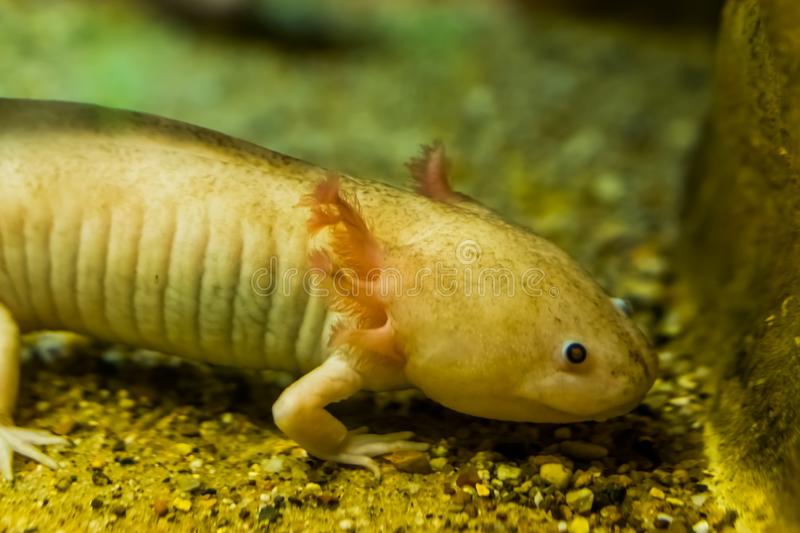
Regeneration is a remarkable ability that allows some animals to regrow damaged or lost body parts. This fascinating process has been the subject of much research and speculation, as scientists try to understand the mechanisms behind it and whether it can be replicated in humans. In this article, we will take a closer look at the regeneration abilities of four animals: starfish, lizards, salamanders, and humans.
Starfish are well-known for their regenerative abilities. These sea creatures can regrow their entire body from a single arm. This is possible because each arm of the starfish contains a small portion of the animal’s reproductive system. When an arm is detached, the starfish can regrow its entire body from that small piece. This process is known as fragmentation, and it allows the starfish to quickly recover from injury and continue with its normal activities.
Lizards also have impressive regenerative abilities. Many species of lizards can regrow their tails if they are lost or damaged. The tail is a crucial component of the lizard’s anatomy, as it helps to balance and stabilize the animal. When a tail is lost, the lizard’s body activates a process of cell division and tissue growth, which results in the regrowth of the tail. This process can take anywhere from a few weeks to several months, depending on the species of lizard and the size of the lost tail.
Salamanders are perhaps the most remarkable of all animals when it comes to regeneration. These amphibians can regrow entire limbs, tails, and even parts of their spinal cord. This ability is due to the presence of stem cells in their bodies, which are capable of dividing and forming new cells that can replace damaged or lost tissue. Salamanders are also capable of regenerating damaged organs, such as their heart and lungs, which is a truly remarkable feat.
Humans, on the other hand, are unable to regenerate lost or damaged body parts. This is because our bodies have a limited capacity for cell division and tissue growth. As we age, our cells gradually lose their ability to divide, which makes it more difficult for our bodies to replace damaged tissue. In addition, our bodies are not capable of producing stem cells, which are critical for regenerating damaged or lost tissue.
So, why are some animals able to regenerate while humans cannot? The answer lies in the differences in the mechanisms behind regeneration in animals and humans. Starfish and lizards, for example, have the ability to activate a process of cell division and tissue growth when they are injured. This process is triggered by signals from the nervous system, which activate the cells in the affected area and stimulate them to divide and form new tissue. Salamanders, on the other hand, have stem cells that are capable of dividing and forming new cells to replace damaged or lost tissue.
In humans, the mechanisms behind regeneration are much more limited. Our bodies are not capable of producing stem cells, and our cells have a limited capacity for cell division and tissue growth. This makes it difficult for our bodies to replace damaged or lost tissue, and it is why we are unable to regenerate lost limbs or organs.
